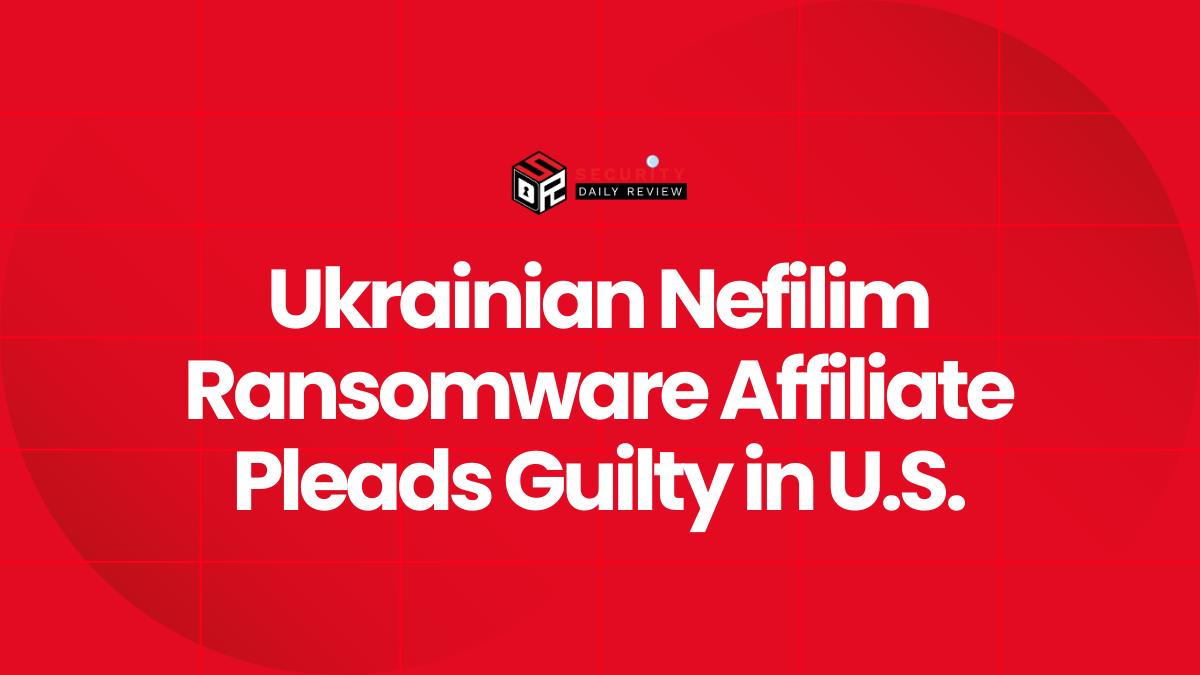Australian hardware giant Bunnings faces significant backlash after the Australian privacy commissioner ruled its use of facial recognition technology (FRT) in 63 stores constitutes a major privacy breach.
The investigation into Bunnings breach launched following revelations in 2022, found Bunnings violated customer privacy rights by routinely scanning the faces of every individual entering its stores. This practice, implemented between November 2018 and November 2021, potentially impacted hundreds of thousands of Australians.
Bunnings Facial Recognition Technology Breach Owes it to a Flaw in the System
Bunnings deployed the FRT system to cross-reference customer faces against a database of banned individuals, ostensibly to deter theft and enhance store safety. The system captured images from CCTV cameras, creating unique “faceprints” that were compared against the database. While Bunnings claimed faceprints were deleted within four milliseconds for those not on the banned list, the Australian Information Commissioner’s Office (OAIC) found this insufficient to protect customer privacy.
The OAIC investigation highlighted several critical flaws in Bunnings’ approach. The company’s small signage at store entrances, informing customers of the FRT’s use for “loss prevention or store safety purposes,” was deemed inadequate. The OAIC determined Bunnings collected sensitive information without explicit consent and failed to adequately notify individuals about the data collection process.
Commissioner Carly Kind stated, “Facial recognition technology may have been an efficient and cost-effective option available to Bunnings at the time in its well-intentioned efforts to address unlawful activity, which included incidents of violence and aggression. However, just because a technology may be helpful or convenient does not mean its use is justifiable. In this instance, deploying facial recognition technology was the most intrusive option, disproportionately interfering with the privacy of everyone who entered its stores, not just high-risk individuals.”
This highlights a key concern: the disproportionate impact of such technology on the privacy of innocent individuals. While aiming to deter crime, the system indiscriminately collected data from everyone entering the store, raising serious ethical concerns.
Bunnings’ Response and the Ruling’s Implications
Bunnings managing director Mike Schneider stated the company would seek a review of the decision. He argued that the FRT system, which he claimed reduced incidents and created a safer environment for staff, appropriately balanced privacy obligations with the need to protect against crime.
Schneider highlighted that 70% of incidents were attributed to a small group of repeat offenders, making traditional methods of banning individuals ineffective. He emphasized that the collected data was never used for marketing or tracking customer behavior, and that data was deleted rapidly for those not on the banned list. However, the OAIC’s ruling stands firm. Bunnings has been ordered to cease using the FRT system in the manner described.
The OAIC’s findings underscore the broader ethical challenges posed by facial recognition technology. Commissioner Kind noted that the technology’s potential for crime prevention must be carefully weighed against its impact on privacy rights and societal values. The case serves as a stark reminder of the need for stringent regulations and ethical considerations when deploying such powerful surveillance technologies.
The Bunnings data breach highlights the potential for even well-intentioned applications of FRT to lead to significant privacy violations. The incident is likely to fuel broader discussions about the responsible use of facial recognition technology and the need for stronger data protection measures in Australia.









